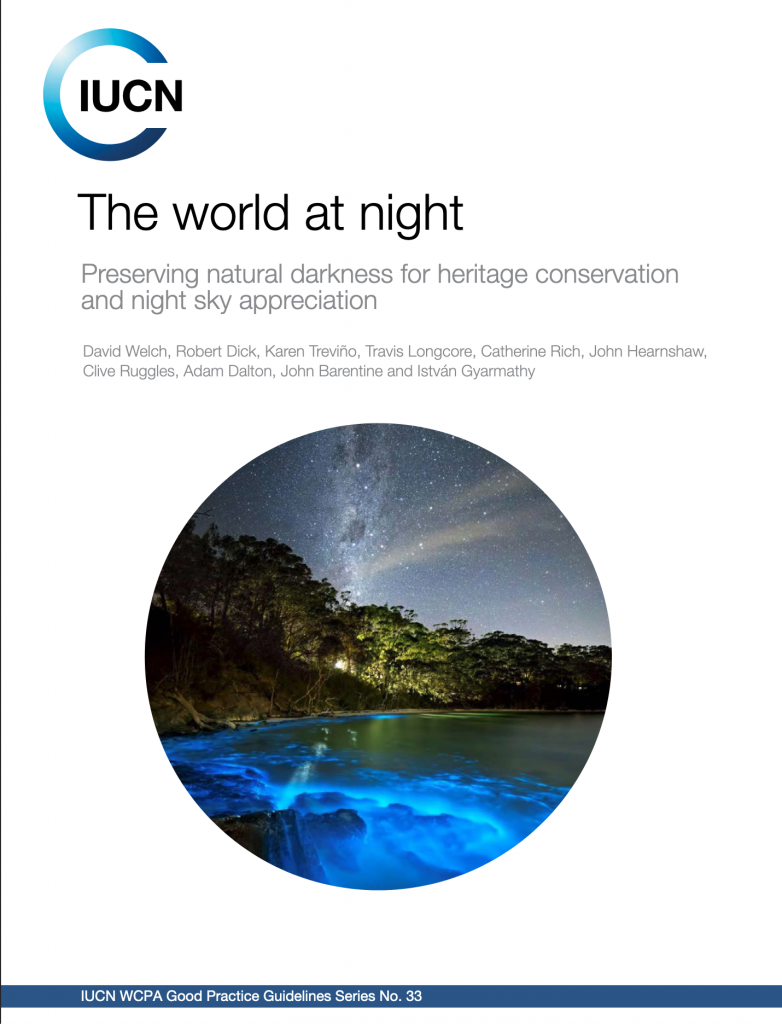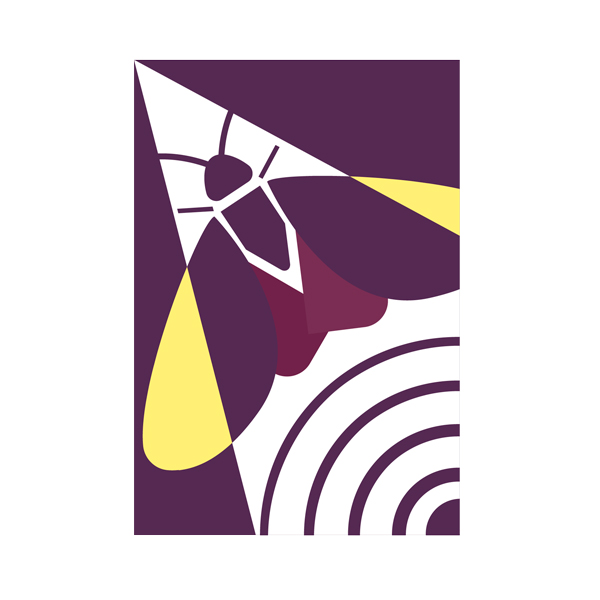Through its monographic series “Best Practice Protected Area Guidelines Series” the IUCN – International Union for Conservation of Nature – has published the report “The world at night”, which has benefited from the work of the IUCN World Commission on Protected Areas (WCPA), the Urban Conservation Strategies Specialist and the GroupDark Skies Advisory Group.

Light pollution is the human-caused alteration of outdoor light levels from those occurring naturally. It threatens ecological and commemorative integrity, interferes with amateur and research astronomy, degrades the appreciation of mythologies and cultural practices related to the night sky, mars wilderness experience and landscape beauty, carries risks to human health and wastes energy. Counterintuitively, excess outdoor lighting reduces safety and security.
In response to these many threats, not just to astronomy, the International Dark-Sky Association, the Royal Astronomical Society of Canada and Fundación Starlight have operated programmes to certify places that have effective protections against light pollution, impact monitoring, public education and lighting management strategies.
There are also several other initiatives outside these three leading programmes that have awarded dark sky status to protected areas. The lessons learnt presented in this report are drawn from case studies of dark sky places certified by the IDA, RASC, Fundación Starlight and other organizations.
Created in 1948, IUCN is now the world’s largest and most diverse environmental network, harnessing the knowledge, resources and reach of our more than 1,400 Member organisations and 15,000 experts. This diversity and expertise makes IUCN the global authority on the status of the natural world and the measures needed to safeguard it.

